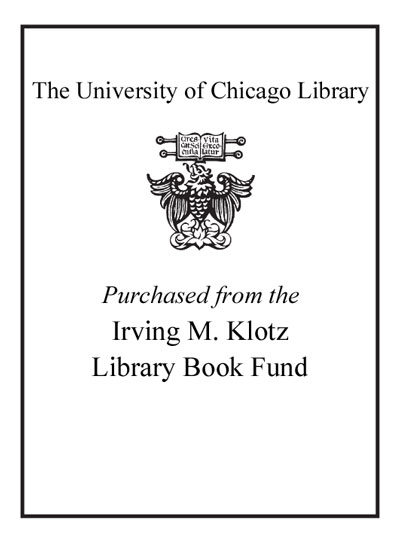Review by Choice Review
In 2002, the American Chemical Society published its "top ten most beautiful experiments in chemistry," "elegantly simple but significant." Candidates included Perkins's synthesis of mauve, which ushered in the era of almost unlimited dye colors. Ball disagreed with many of the experiments included or discarded by the ACS; this book is a compilation of his own top-ten list. His criteria are that an experiment must be noteworthy in terms of conception, execution, or nature of the product. The book, in three sections, includes "Asking Questions of Nature," "Posing New Questions," and "The Art of Making Things." Some of Ball's choices are spot-on: Woodward's brilliant synthesis of vitamin B-12 and Pasteur's connecting the rotation of polarized light to the geometry of molecules. The inclusion of others is harder to justify. Ball puts Rutherford's study of radium's disintegration products in "Asking Questions of Nature," a section more suitable for a top-ten list of physics experiments. But Ball does not expect all to agree and expresses hope this will lead to other top-ten lists from dissenters. Agree or not, the book is well written, with in-depth accounts of the circumstances leading to each experiment. ^BSumming Up: Recommended. General readers; lower-division undergraduates through faculty. C. G. Wood formerly, Eastern Maine Community College
Copyright American Library Association, used with permission.
Review by Choice Review


